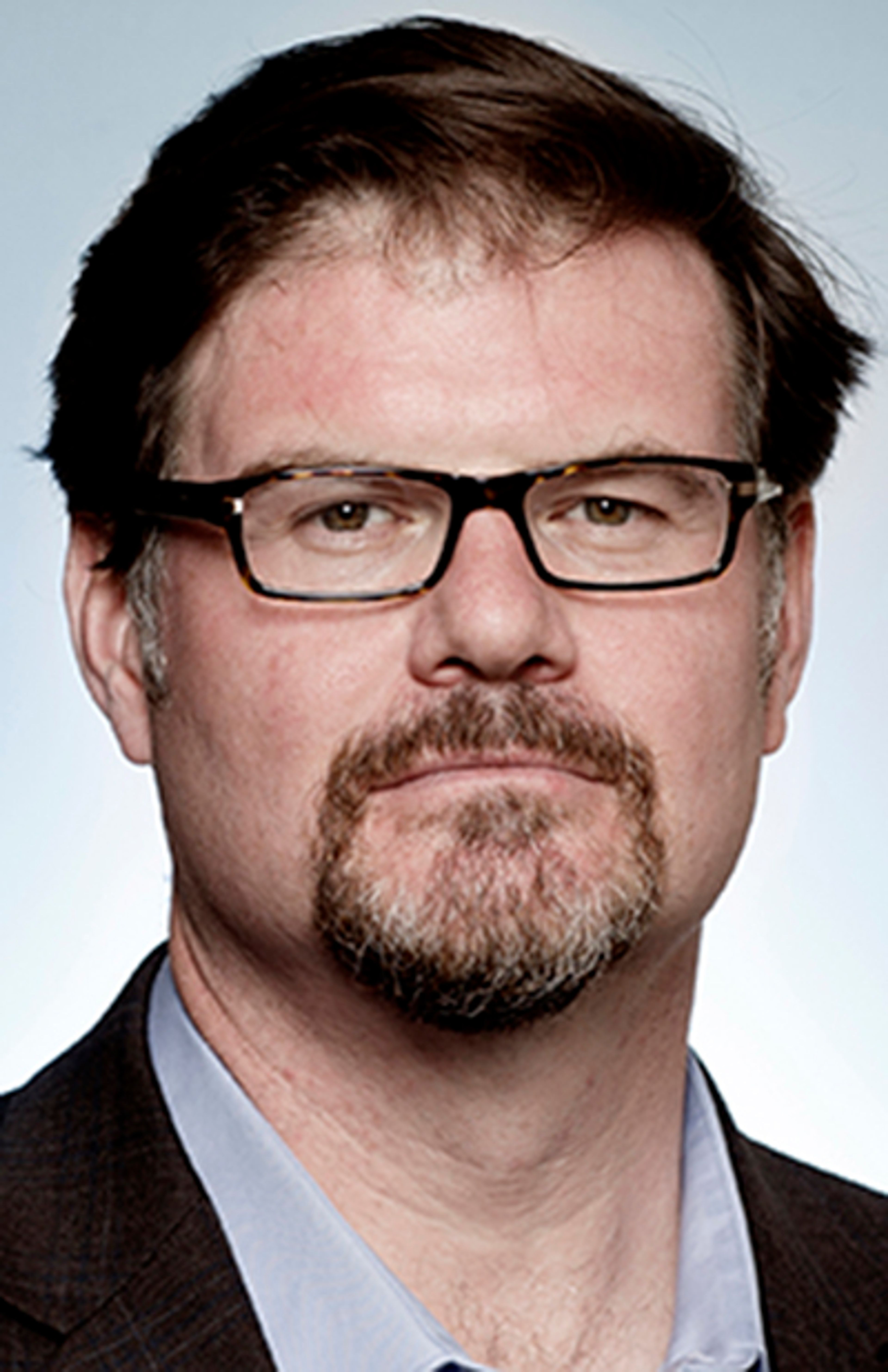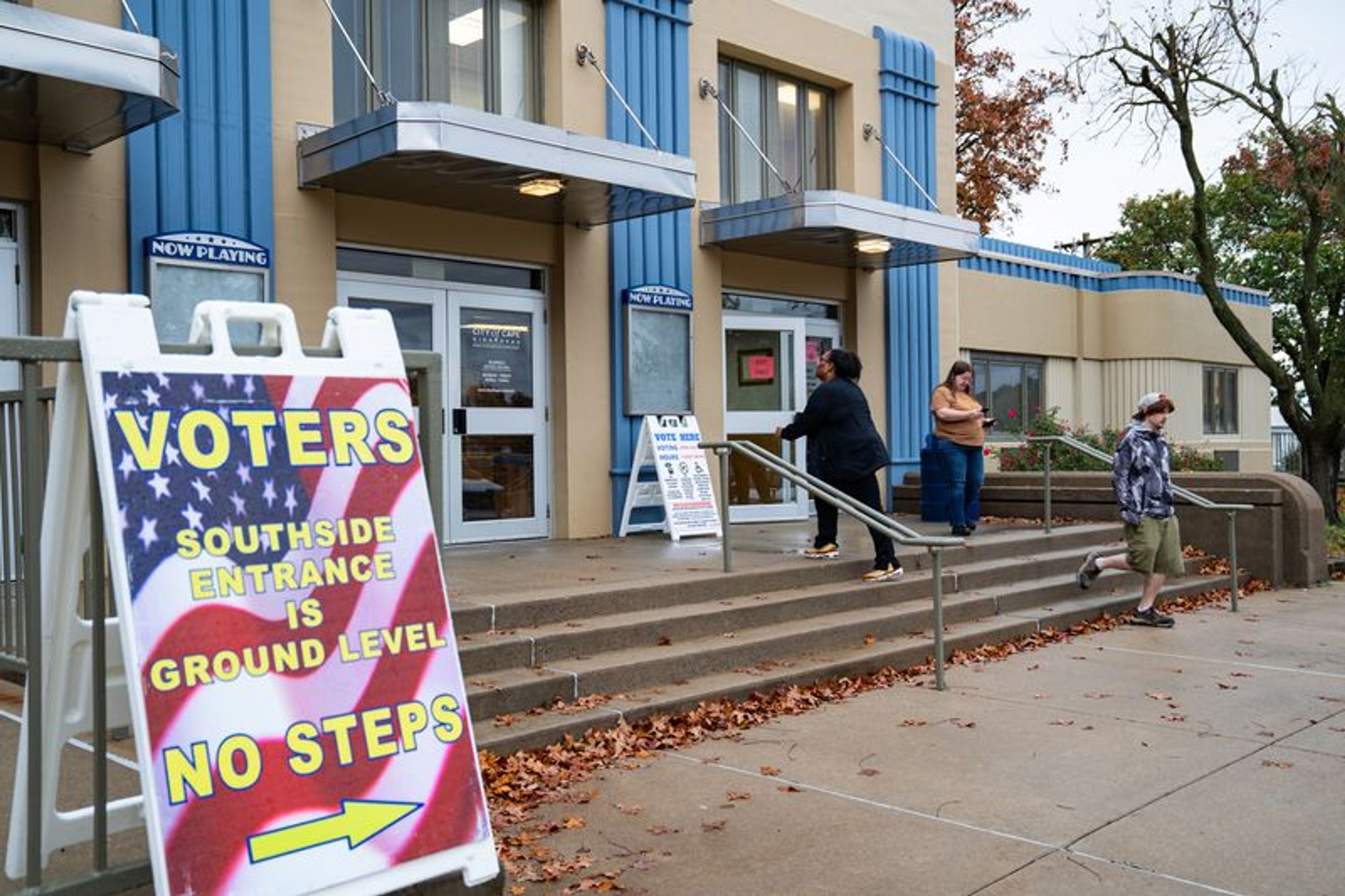MISSOURI WATCH: POLICY MADNESS FITS CRIME
If you will be kind enough to follow me through a process which some professors of logic call the "linear effect progression," we all might have a better answer when someone poses the question, "Has the country gone mad?" Not that anyone asking the question has any doubt about the answer, nor that anyone hearing the plaint would argue that between drugs, crime and immorality, there's convincing doubt about society's sanity...
If you will be kind enough to follow me through a process which some professors of logic call the "linear effect progression," we all might have a better answer when someone poses the question, "Has the country gone mad?" Not that anyone asking the question has any doubt about the answer, nor that anyone hearing the plaint would argue that between drugs, crime and immorality, there's convincing doubt about society's sanity.
Some of us are certain that today's society is completely out of control, while others believe it is only a question of time until we self-destruct because of our evil behavior. While the consequences of society's misdeeds may be a bit extreme, there can be no denying we find ourselves in 1995, if you'll pardon the non-clinical expression, in something of a pickle. We have a crime rate we cannot control unless we forego freedoms we have won for ourselves over the past 200 years. We listen to such "logical" solutions as the legalization of drugs and deep down know that no problem is resolved by making additional addiction easier to acquire.
Having reached this stage of our linear effect progression, it should be noted that society's "madness" began occurring at about the same time society voluntarily began dismantling its network of traditional mental health services, which could be found in varying degrees of effectiveness in all 50 states. The cause for this disintegration can be found in numerous quarters, but basically the problem then, as now, was financial. Every state was desperate for additional revenue, and each found itself competing with an expanding federal agenda at several levels. Those programs that Washington could not fund were sent to the states, sans appropriations, with instructions to governors to find the required cash as best they could. Many did very well, considering the assignment.
Just as this was occurring, the street corners of every urban center in America were being visited by salesmen who had a product every one could afford and far too many wanted to buy. Not even Wal-Mart had such an opportunity to cash in, and because of a growing abundance of supply, demand increased in the same proportion. It does not require a doctorate in sociology or medicine to know that certain drugs produce certain behavior patterns, most of them negative and virtually all of them pejorative. Ergo: instant criminals.
Without realizing it, we were creating mental patients on our city's streets at the very same time we were downsizing the only system we had in place to treat those who were ill.
Just as the downsizing of state mental health systems a few years before had created a vast sea of homeless Americans who had been summarily ejected from their clinical environments, society now found itself confronted with another sea of new patients created by an abundant market that existed in many of the neighborhoods of our largest cities. That market would most assuredly migrate to every neighborhood in every city, regardless of size, and sure enough, it did.
It can be argued, with reasonable validity, that every perpetrator of a felony suffers in some degree from a mental illness. Regardless of how the statues define a felon, he or she is someone whose behavior is anti-social and who is willing to commit an act that can deprive him of his liberty, his pursuit of happiness and even in some cases, his life. A psychiatrist who once tended to the mental needs of prisoners in Missouri's maximum security prison in Jefferson City once told me that he never encountered any felon behind bars who was not in some degree mentally ill or emotionally disturbed.
Of course, Missouri has only paid lip service to adequate psychiatric care for incarcerated felons, and the state has yet to inaugurate any comprehensive program that will provide more than minimal psychiatric care in our penal system. For years the state provided no substance abuse treatment in penitentiaries despite the high incidence of drug abusers behind bars. Only now is the state giving some attention to this obvious need, but in all fairness to the Department of Mental Health, it lacks both the resources and the personnel to carry out this role among a population that is out of sight and oftentimes out of mind.
Despite the rapid proliferation of drug abuse and crime in Missouri over the past five years, Missouri has closed three psychiatric centers in the same period of time, limiting both available beds and available treatment personnel. It seems obvious that the men and women we have looking after our state's mental health systems have no intention of meeting the growing treatment needs of a society that has become sicker by the day.
Instead, the state has relied on federal programs that call for an increase in outside patient placement, where the mentally ill will be "freed" from the confines of drab, dreary institutions. Missouri has also insisted on relying on federal programs that call for outside placement for thousands of mentally retarded citizens, many of whom will require some level of supervision and assistance for the rest of their lives.
Why has Missouri chosen these paths, when they so obviously deviate from logical treatment patterns? The answer isn't difficult to find. It's money. Hard-pressed states have chosen to adopt federal programs, with their supplementary income payments, because political leaders didn't want to ask for more money to treat criminals. It's obvious they don't mind asking money for new penitentiaries, but then again, they are only reflections of society as a whole, which wants to get criminals out of sight. The dichotomy is this solution costs much more money than mental care facilities, and it does nothing to treat psychotic criminals, most of whom will be back home before we know it.
History may well wonder why our madness in the 1990s was so pervasive.
~Jack Stapleton is a Kennett columnist who keeps tabs on state government.
Connect with the Southeast Missourian Newsroom:
For corrections to this story or other insights for the editor, click here. To submit a letter to the editor, click here. To learn about the Southeast Missourian’s AI Policy, click here.








